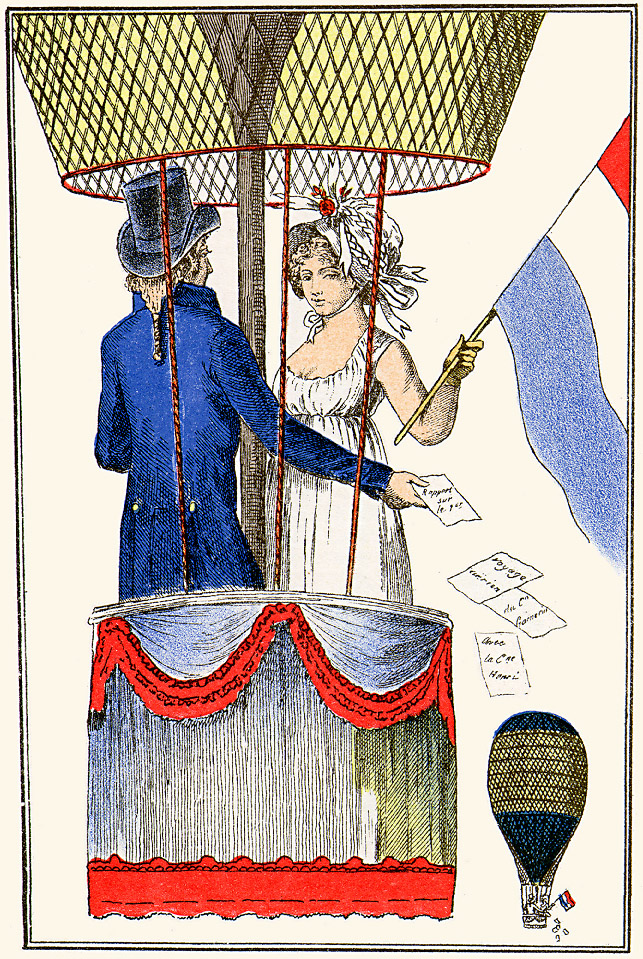Wasn't the orange replaced by red because the orange changed to red when exposed to the sun?
There are lots of theories as to why orange became red. One possibility is that the new methods for producing orange paint resulted in darker and darker shades. Another reason for the shift could be increasing popular dislike of the House of Orange. The important thing is that the colors were never set in stone, so variations sprung up everywhere. One thing is for certain: in 1937, probably in response to the reclamation by Dutch fascist sympathisers of the orange-white-blue "Princevlag," Queen Wilhelmina made an official declaration that the official colors of the Netherlands were red, white and blue. A pity aesthetically in my opinion (I happen to really like the combination of orange-white-blue, and the current flag seems too boring and unoriginal), but it seems like a very good move politically, giving official sanction to the anti-fascist elements in the Netherlands and robbing the fascists of the right to use the national flag as a symbol.
(Information from FOTW – I remembered having read about this a couple weeks ago)
As for the question, the reason we see so many tricolors, both vertical and horizontal, is that these were the flags of two of the oldest republics in Europe. To many, they symbolized the ideals of democracy, freedom, &c. Belgium, Spain (in its republican years, red-yellow-purple, which I like so much more), Italy, Germany (both during the Confederation and the Weimar Republic), Ireland, all chose tricolors as a means of expressing democracy, secularism, or liberalism. Some of the less liberal tricolor nations, such as the German Empire and Russia, probably went with the pattern simply because everybody else was doing it.
Another merit of the tricolor is its pure simplicity. With the constantly changing boundaries and governments of Europe, it's so much easier to change the colors or order of a tricolor than to come up with new symbols for a coat of arms. Simplicity is also the reason the Scandinavian cross is so popular up there.
Which takes us to the WI. I guess in a world where Sweden and Denmark become more powerful, the Scandinavian cross could be a potential candidate, although that might be too late. I don't know, it's just so hard to beat the simplicity of a tricolor!
